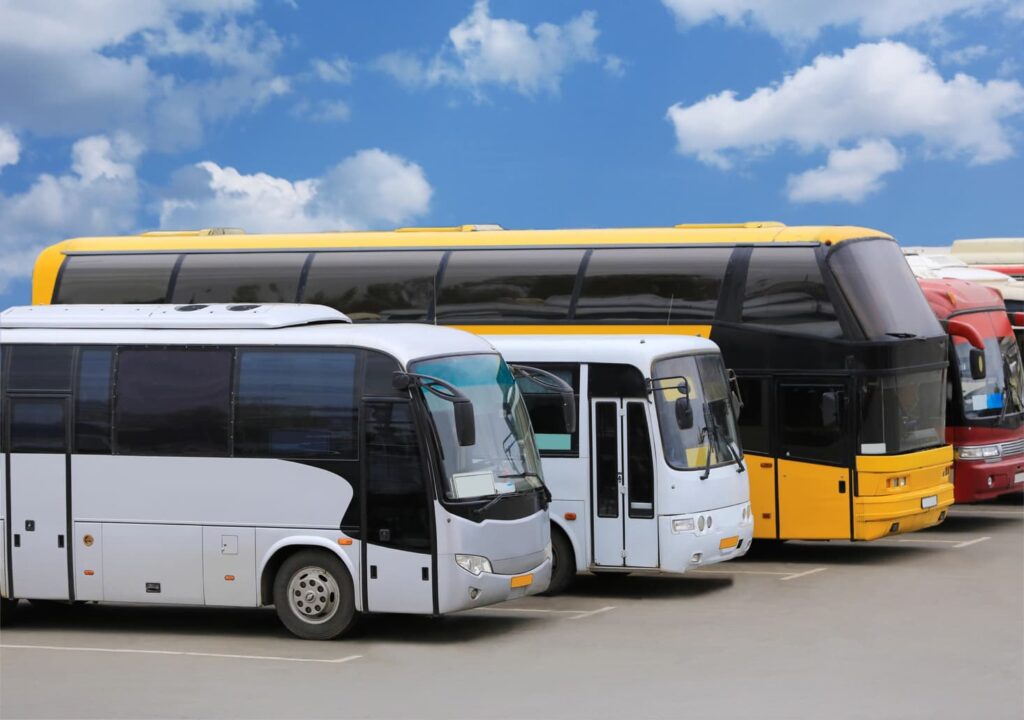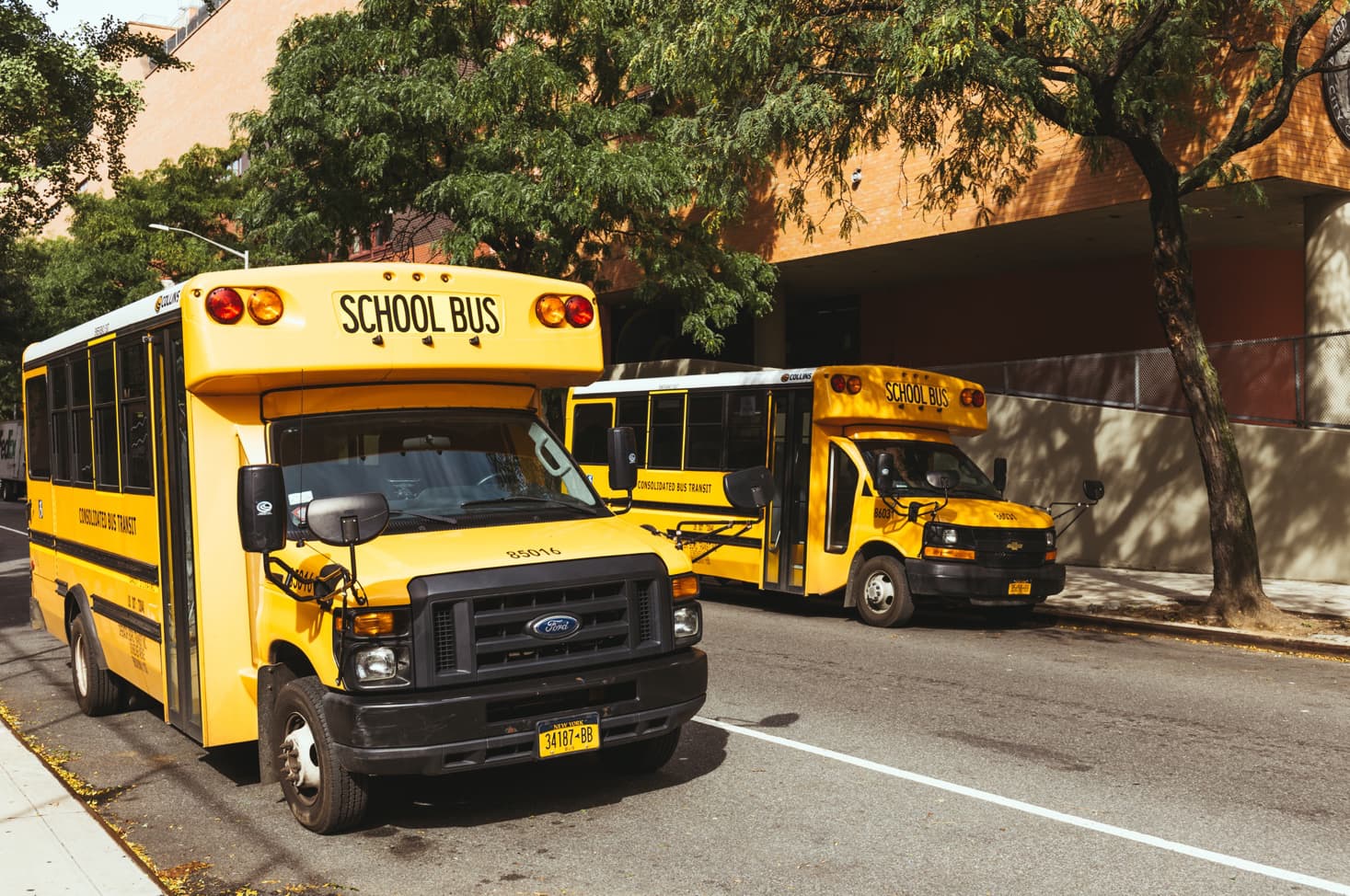Buses are a significant part of the United States’ transportation infrastructure, providing millions of people with an affordable and convenient way to travel within cities, between states, and across the country. These vehicles play a crucial role in connecting communities and facilitating economic growth, from public transit systems to intercity bus services.
In this article, we will look at the different types of buses in America, their impact on daily life, and the future of bus transportation in the country.
Public Transit Buses
Public transit buses are the most common type in America, serving as a critical component of urban transportation networks. These buses are typically operated by local transit authorities and provide scheduled service along fixed routes within a city or metropolitan area. Some of the largest public bus systems in the United States include:
- New York City Transit Authority (MTA)
- Los Angeles County Metropolitan Transportation Authority (Metro)
- Chicago Transit Authority (CTA)
- Washington Metropolitan Area Transit Authority (WMATA)
Public transit buses are essential for many Americans, particularly those who do not own a car or prefer not to drive. They help reduce traffic congestion, lower carbon emissions, and provide access to jobs, education, and essential services for millions of people.
Intercity Bus Services
Intercity bus services, such as Greyhound and Megabus, connect cities and towns across the United States. These buses offer an affordable alternative to air and rail travel, with routes covering both short and long distances. Some popular intercity bus routes include:
- New York City to Washington, D.C.
- Los Angeles to San Francisco
- Chicago to Detroit
- Atlanta to Orlando
Intercity buses often feature Wi-Fi, power outlets, and onboard restrooms, making long-distance travel more comfortable for passengers. Additionally, many intercity bus companies offer express services between major cities, reducing travel times and providing a more convenient option for travelers.
School Buses
School buses are integral to the American education system, transporting millions of students to and from school daily. These iconic yellow buses are designed with safety features such as reinforced sides, high seat backs, and stop arms to ensure the well-being of children during their daily commutes.
In the United States, school buses must meet safety standards set by the National Highway Traffic Safety Administration (NHTSA). These standards cover various aspects of bus design, including emergency exits, lighting, and structural integrity.
Charter Buses
Charter buses are a popular choice for group travel, offering a convenient and cost-effective way to transport many people for events, tours, and other activities. These buses are often used for:
- Corporate events and conventions
- Weddings and family reunions
- Sporting events and team travel
- Field trips and educational tours
Charter buses have seating, climate control, and ample storage space for luggage and equipment. They are ideal for groups looking to travel together while avoiding the hassle of driving and parking multiple vehicles.
Shuttle Buses
Shuttle buses are commonly used to transport passengers between airports, hotels, and tourist attractions. These buses provide frequent, short-distance service and are often operated by private companies, hotels, or airports. Shuttle buses offer a convenient and cost-effective way for travelers to move between critical destinations without needing a personal vehicle.
Many shuttle bus services are designed to accommodate passengers with luggage, offering ample storage space and easy access to major travel hubs. Some shuttle buses also feature wheelchair lifts and other accessibility features to ensure passengers can travel comfortably.
Specialty Buses
Specialty buses encompass a wide range of vehicles designed for specific purposes, such as:
- Mobile medical clinics and blood donation centers
- Mobile libraries and bookmobiles
- Mobile command centers for emergency response
- Mobile food banks and community outreach
Nonprofit organizations, government agencies, and private companies often operate these buses to deliver services to communities nationwide. They are critical in reaching underserved populations and providing access to resources that may not be readily available in certain areas.

The Future of Buses in America
As technology advances and concerns about environmental sustainability grow, the future of buses in America will likely involve a shift toward electric and hybrid vehicles. Many cities and transit authorities are already investing in electric buses, which produce zero emissions and have lower operating costs than their diesel counterparts.
Furthermore, integrating intelligent technology, like real-time tracking and mobile ticketing, is expected to improve the passenger experience and the efficiency of bus systems across the country. As these innovations continue, it is clear that buses will remain a critical component of the nation’s transportation network for years to come.
